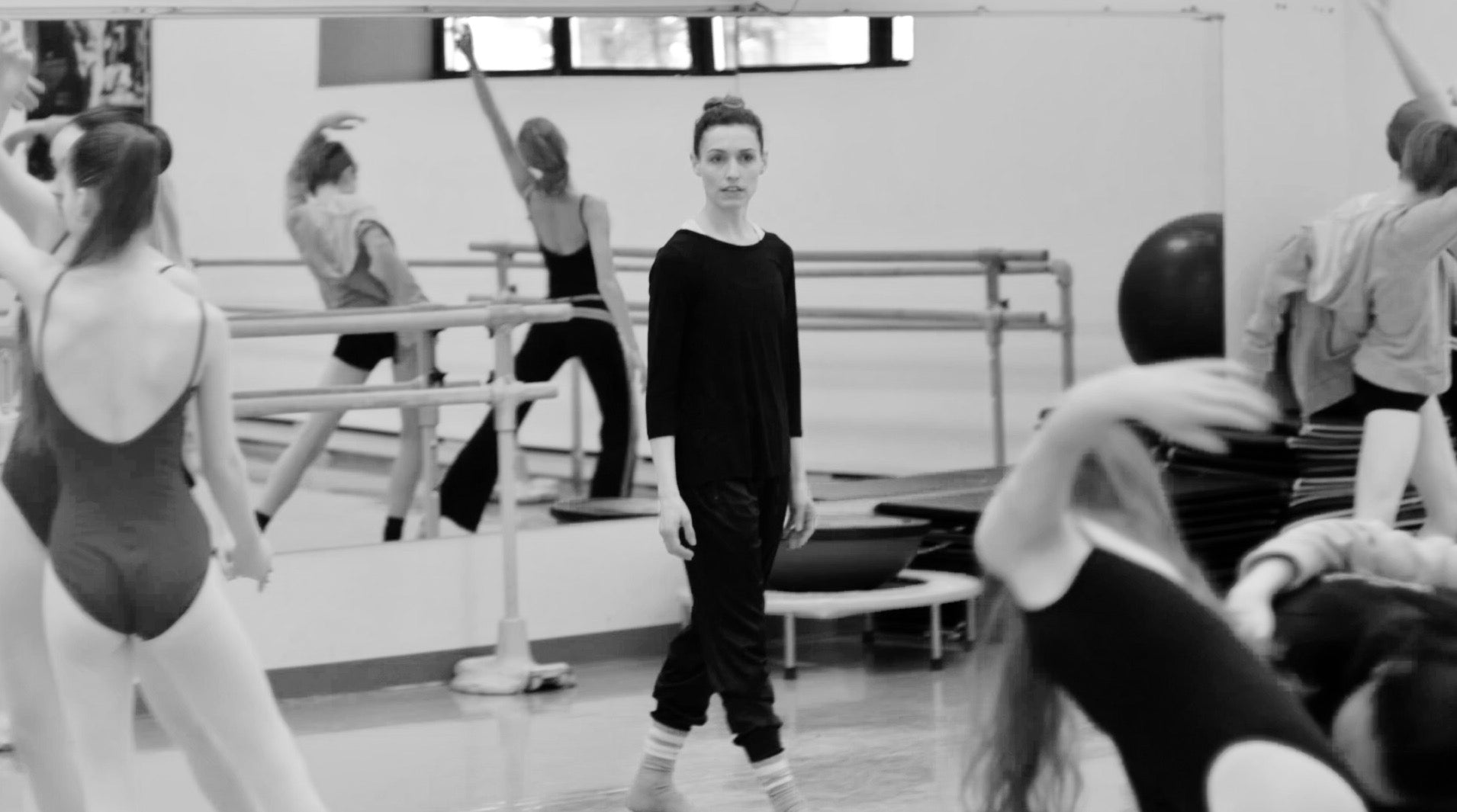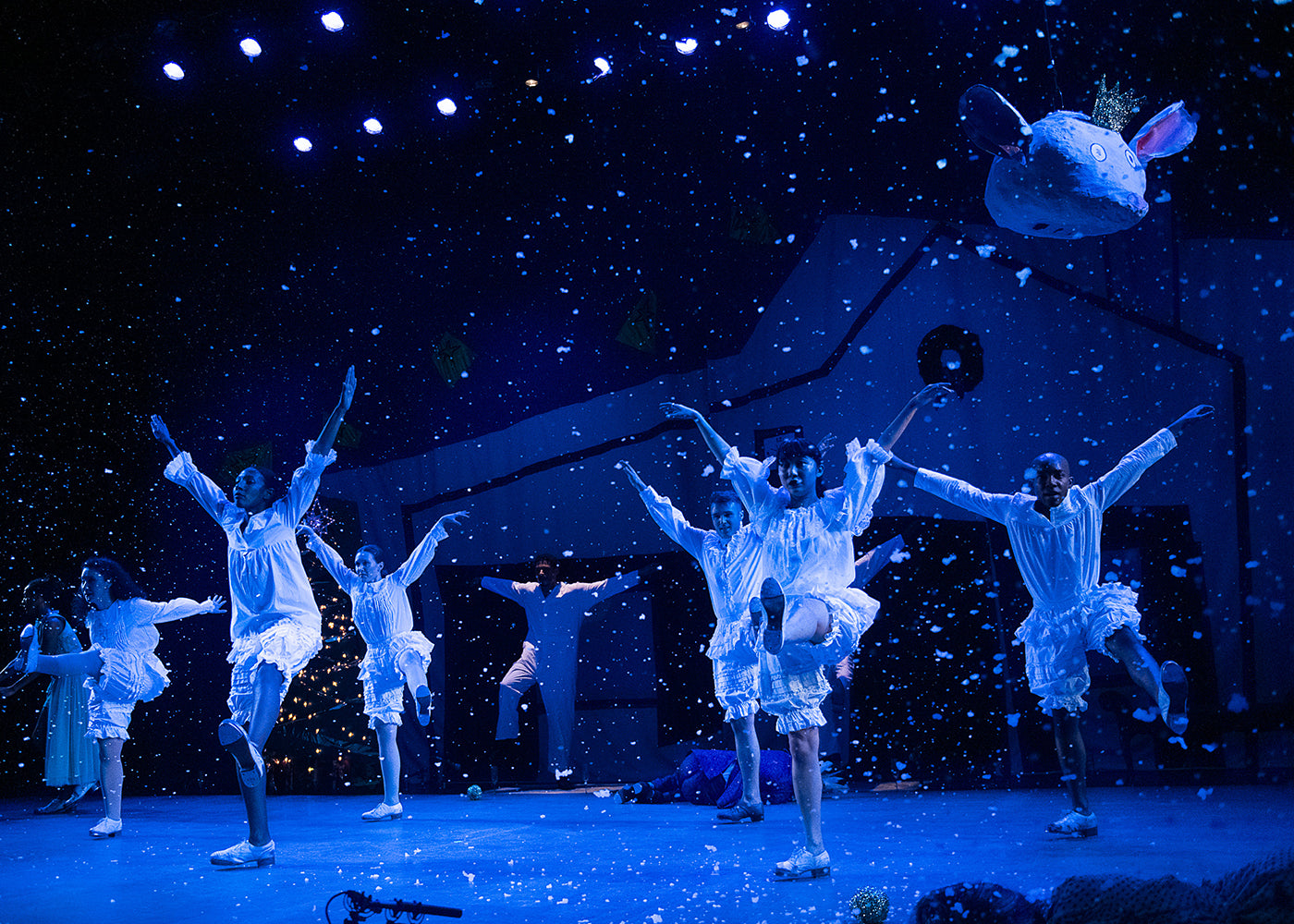Ratmansky’s New Voice
The New York City Ballet presented its first premiere of the year Thursday night: Alexei Ratmansky’s “Voices.” This piece marked a welcome departure for Ratmansky. Erenow he has essentially worked in two modes: emotionally resonant, peasant-inflected abstraction or grand-scale historical reconstruction. “Voices” is neither, though it contains elements of both (like folksy accents for Megan Fairchild, and challenges of classical ballet technique—for almost everyone). Its closest antecedent, perhaps its inverse, is his “Serenade after Plato’s Symposium”—a set of solos for seven men which was choreographed for ABT in 2016. But that piece was more conventional, with steps that hewed closely...
Continue Reading













